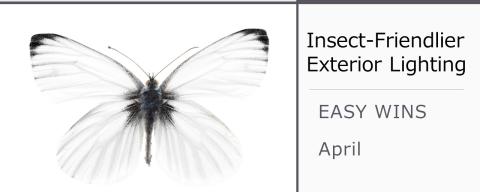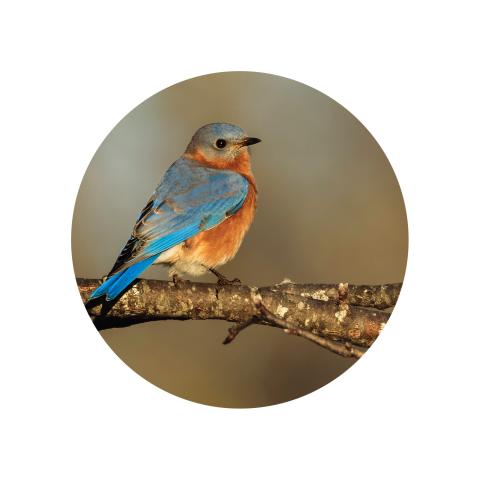Bug Friendlier Outdoor Lighting
If you’ve ever been happy at the zzzzztttzzz popping of a bug zapper or the sight of pesky insects dead under a streetlight, you’re in good company. But as we now know, those are horrible sights and sounds. The decimation of insect populations has dire consequences for life on Earth—to say nothing of ‘right to exist’ arguments made by luminaries like Robin Wall Kimmerer.
Insects are crucial pollinators, decomposers, and are central to the food web. Instead of looking for ways to kill them, we can prioritize their well-being. Actively choosing insect-friendlier outdoor lighting is a great place to start.
Douglas Tallamy regularly emphasizes the damage to insects caused by outdoor lighting, especially that which is left on all night every night. Tallamy describes the toll on insects from home security lighting (minute 47 of the video) as follows:
- Exhaustion
- Collisions
- Incineration
- Dehydration
- Increased predation
- Blinding of insects
- Misdirected oviposition
- Disrupted circadian rhythms, foraging, mating, and reproduction
Tallamy also emphasizes the following easy wins at your own home:
- Leave outdoor lights off except when specifically needed
- Invest in motion-sensor outdoor lights that automatically turn off
- Choose yellow light for your outdoor fixtures, especially those that will stay on in the dark.
Each of us needs to determine what safety calculations take priority in terms of our exterior lighting choices. But actively weighing the impact of our choices on insect health makes sense. As little light as feasible is a great start. And so are yellow bulbs.
Yellow light—either yellow-colored bulbs or yellow-lens floodlights—are an easy and inexpensive choice. You’ll find lots of options for yellow LED bulbs suitable for exterior lighting. LEDs have the benefit of being inexpensive, energy efficient, and long-lasting. (Just be sure to choose ones rated for outdoor use in wet environments.)
Yellow lights are not a cure-all. The wavelengths visible to insects vary by type. But you can expect many fewer insects and much less damage to insect health and behavior.
Combining warm-toned yellow lighting with as little use of exterior lights as possible will be your best combination in terms of helping insects do their thing—an easy win for all of us. And if you want to learn more, check out this informative video from the Pollinator Habitat 101 online series from Ohio State University: Pollinators’ Best Hope: A New Approach to Pollinator Habitat That Starts in Your Yard, Doug Tallamy

